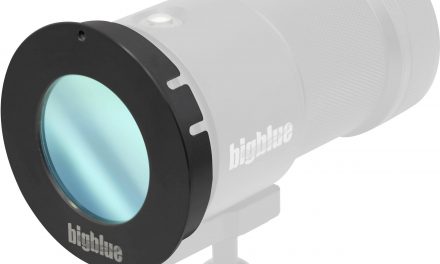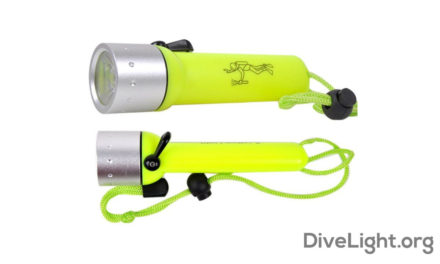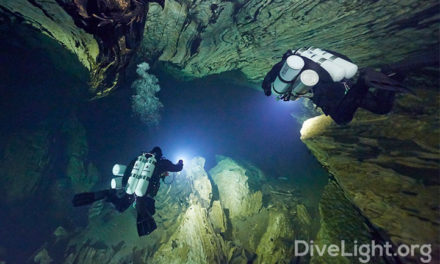Not all dive lights are created equally, and this is the case when it comes to primary versus secondary dive lights. So, what are the differences between these two options when it comes to deciding what you should look for as a diver? These are a few basic differences between primary and secondary dive lights.
Primary Dive lights –
What exactly is a primary dive light? As the name implies, this is the light you will use primarily (or all of the time). Some of the characteristics of these lights include:
– They are longer in length.
– They have a longer battery life (allowing for longer dive times).
– They are higher in power, and brighter for deeper uses.
Basically the primary dive light is the one you intend on using for the entire duration of your dive. A canister light is typically used as the primary dive light because they have a longer battery life and run times ; they are also smaller in size than traditional flashlights, making them easy to carry around with you for longer dives.
Secondary Dive lights –
Similarly to the name given to primary dive lights, secondary dive lights are logically named as well. This is your “backup” light. It is available to you in the event your primary light gives out, or if you go for longer than anticipated dives, or if you simply need a backup light source for darker locations. Some of the traits of secondary dive lights include:
– They are smaller and lighter in weight.
– They are non-rechargeable.
– They afford you a “reasonable” amount of light, sufficient enough to serve as a backup for the brighter primary light you are using during your dive.
Secondary dive lights are also cheaper than primary lights. They have a dimmer beam, and smaller radius coverage than the primary dive light is going to offer to divers as well.
Do you need both? –
Technically the answer is no. But, you never know when your primary dive light will die out, or if you are going on longer dives, it is always worthwhile to have a secondary (or backup) dive light with you for those deeper, darker depths you plan on going through.
As a diver, you will eventually learn that having both a primary and secondary dive light is simply good practice for your dives. These are a few traits about each of the lights, if you are new to diving, and are trying to find the right product for your diving excursions or your next diving adventure.






